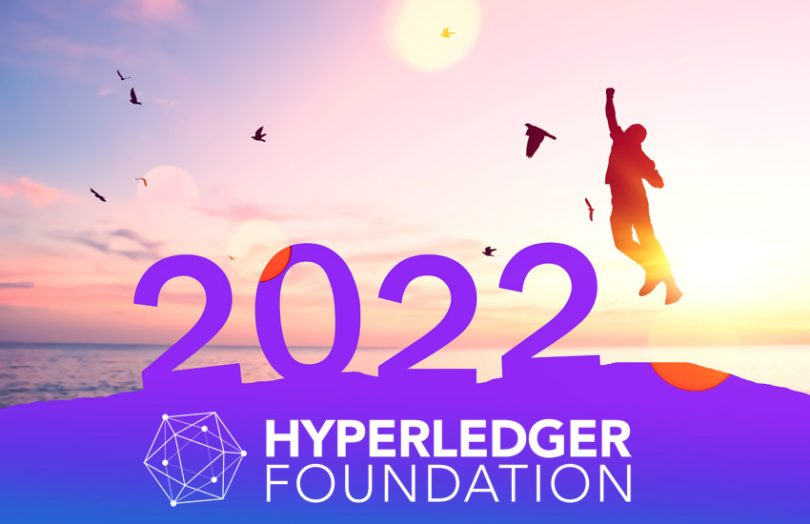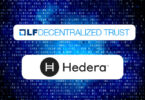This is a guest opinion post from Daniela Barbosa, Executive Director of the Hyperledger Foundation
At Hyperledger Foundation, we are six years into building enterprise blockchain ecosystems through global, open source collaboration, and yet we still believe that we are early in the development of these technologies. However, in 2022, we will see accelerating deployment and adoption, driven by some key trends.
Enterprise DLT will continue to mature
Our Hyperledger community is well known globally for the world’s most adopted enterprise grade DLT, Hyperledger Fabric. Fabric’s widespread adoption has happened because our developer community and ecosystem have rallied behind the enterprise needs of companies big and small across many sectors from payments, including healthcare, supply chain and trade finance and more.
As important as Hyperledger Fabric is to enterprise deployments, we have long recognized that there will be a mix of DLTs in that market that must work as part of an enterprise stack across the spectrum of private, permissioned and public blockchain use cases. Over the last few years, the Hyperledger community has been quietly building a landscape of core blockchain and blockchain-related technologies that will enable digital identity and trust frameworks, interoperability and enterprise developers to rapidly set up and deploy secure, scalable and production-ready DLTs. This work will be critical to enable increasingly complex, mature multi-party systems.
Innovation will accelerate
As the training wheels of PoCs and trials for this technology come off and more and more software projects graduate to enterprise-ready, we are entering an innovation phase for enterprise blockchain. The earliest production deployments are hitting production milestones and the pipeline of new technologies and use cases is growing more robust.
Some of the most interesting development work is happening now is at the tools level, where real-world challenges like interoperability, scalability and streamlined deployments are gaining traction. But the adoption trends are about expanding applications for this maturing technology.
Digital identity is a prime example. The Hyperledger Indy community started working to address the specific needs of digital identities rooted on blockchains back in 2017. In recent months, we’ve started to see multiple government agencies, including ones in Canada and the EU, begin to put that technology to work with digital credentials that enable business and personal transactions to be conducted through digital wallets. This is just the starting point as blockchain-based digital identity is at the root of a growing number of public health, travel, safety and even supply chain projects.
Another case in point: In 2019, the Ethereum client Hyperledger Besu became a project. There has been steady development ever since, and it is now a fully enterprise-ready and enterprise-friendly client for both public and private permissioned network use cases that is gaining global adoption as the foundation for a mix of interesting new financial and business models. We see it becoming a key platform in the NFT space based on early successes like the Palm NFT’s Damien Hirst, The Currency project. And Hyperledger Besu is well on the way to becoming an integral part of the emerging CBDC landscape as it’s been selected for CBDC projects at different stages around the world, including as the platform behind the proposal from ConsenSys and Visa on CBDCgo that was one of the winners of the MAS Global CBDC Challenge.
Being open will matter even more
As blockchain technologies become increasingly foundational to large-scale systems, the importance of open source development paired with open neutral governance of code will only increase. It’s the proven path for bringing organizations and individuals with different requirements together to develop common solutions that can be the foundation for mutual success, which is the very goal of blockchain-based systems. When tackling complex problems like climate accounting or cross-border trading, there’s no going it alone. The common building blocks that organizations like Hyperledger Foundation foster will only grow in impact, as we are seeing with the introduction of new, industrywide projects and networks like Linux Foundation Public Health projects and openIDL, an open blockchain network that streamlines regulatory reporting, that are built on Hyperledger technologies.
It is always exciting to look ahead to a new year. My expectation is that 2022 will be when we finally stop talking about the potential for enterprise blockchain and start mapping its very real and growing impact.






